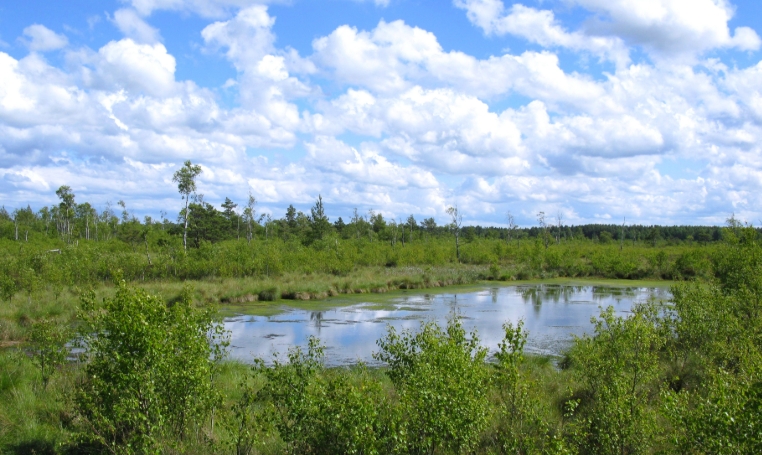Diastrophism is the gradual movement of the Earth’s crust resulting from the tectonic forces acting upon it. These forces can cause the formation of mountains, valleys, and other landforms over long periods of time. In 2010, scientists made significant strides in uncovering the geological forces behind diastrophism. Let’s take a closer look at the causes behind this fascinating natural phenomenon.
Plate Tectonics: The Driving Force Behind Diastrophism
One of the primary causes of diastrophism is plate tectonics. The Earth’s lithosphere is divided into several large plates that float on the semi-fluid asthenosphere below. These plates are constantly in motion, colliding, sliding past each other, or pulling apart. These movements create immense geological forces that can cause diastrophism over time.
Subduction Zones: Where Plates Collide and Mountains Form
When two tectonic plates collide, one plate is forced beneath the other in a process known as subduction. This movement can result in the formation of mountain ranges, such as the Andes in South America or the Himalayas in Asia. The intense pressure and heat generated by subduction can cause rocks to deform and create folds and faults in the Earth’s crust, leading to diastrophism.
Divergent Boundaries: Rifts and Valleys
In contrast to subduction zones, divergent boundaries occur where tectonic plates are moving away from each other. This movement can create rift valleys, such as the Great Rift Valley in Africa. As the plates pull apart, magma rises to the surface, creating new crust and pushing the existing crust apart. These processes can result in the formation of grabens, horsts, and other diastrophic features.
Transform Boundaries: Fault Lines and Earthquakes
Transform boundaries occur where two tectonic plates slide past each other horizontally. The immense pressure generated by this movement can create faults and fractures in the Earth’s crust, leading to earthquakes. The San Andreas Fault in California is a prime example of a transform boundary that has caused significant diastrophism over time.
Conclusion
In 2010, the study of diastrophism saw significant advancements as scientists uncovered the underlying geological forces driving this natural phenomenon. Through the study of plate tectonics, subduction zones, divergent boundaries, and transform boundaries, researchers gained a deeper understanding of the complex processes shaping the Earth’s surface. By continuing to investigate these causes, scientists hope to further unravel the mysteries of diastrophism and its impact on our planet.

